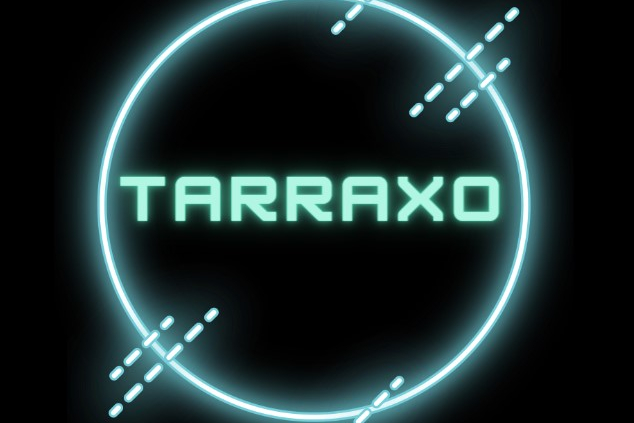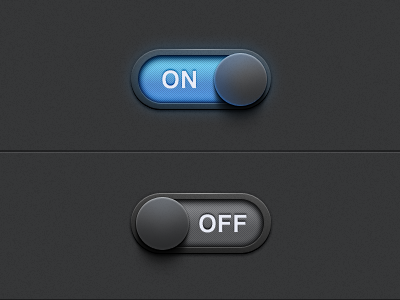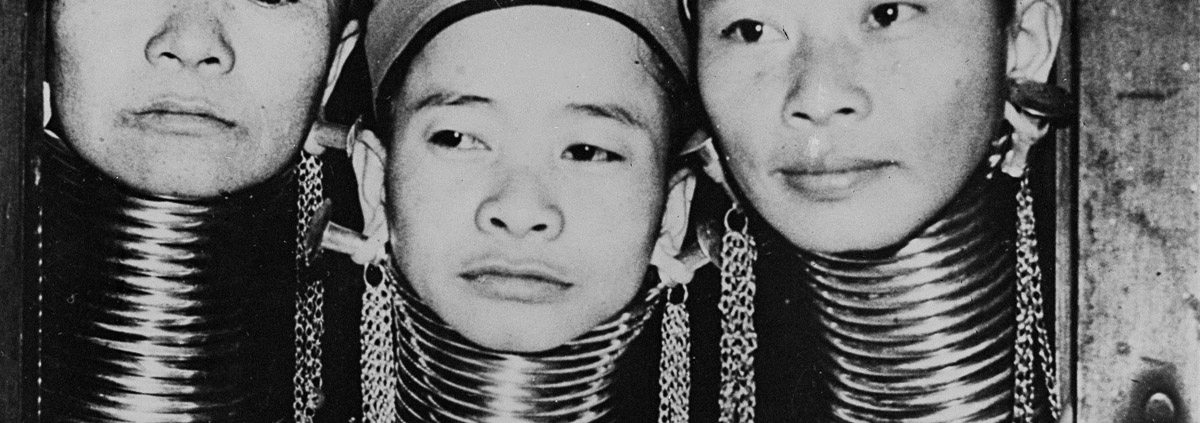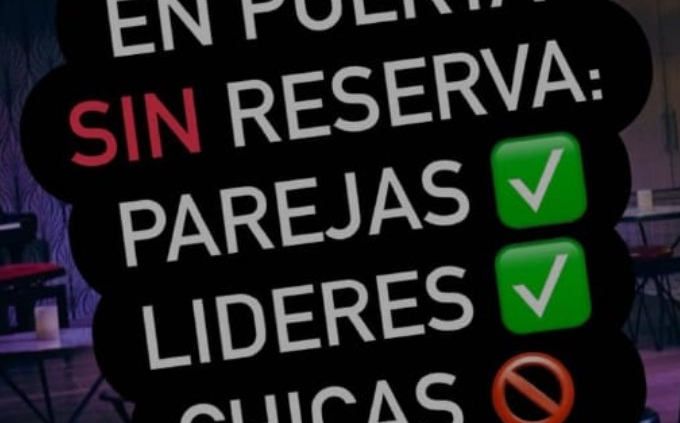Welcome to the NuKiz blog
Welcome to the NuKiz blog. A space to reflect on kizomba in all its modern variants (kizomba fusion, urban kiz, tarraxo, tarraxinha, douceur) and open all the necessary “melons” to learn and have fun dancing in safe spaces where dance is one more tool to build a better world.
Once we understand that kizomba is NOT ZUMBA! And that there are variants that are deformed and meet other styles and dances, we can include the tarraxo in our vocabulary.
What does tarrax inspire us?
Can you imagine a chameleon darkening its skin while climbing a tree? Well, that’s what it feels like to dance tarraxo. When people grab each other, the upper limbs begin to talk to each other to fit, and they debate about what the color of the dance will be. But it doesn’t stop there, the head, the chest and the hip also take part, proposing a kind of simultaneous battle and party.
As I’m quite a movie buff, I’ll summarize what I feel when I dance or see someone dancing tarraxo: suddenly, I become part of a coven or a tribe that is in the middle of a ritual. And the more trambotic the music, the wilder the ceremony.
With each firm, hard step on the ground, the weight of worldly things disappears. And the movements reveal mocking, joyful, warlike and crazy personalities!
How to dance the tarraxo?
To achieve this interaction, we will place the feet (50% of the weight on each) shoulder-width apart and the knees semi-flexed to facilitate movement, weight shifts, dissociation and balance. You can use simple steps: forward, backward, swaying, sideways… The most remarkable thing to work on in this variant of kizomba is the interpretation of the music through the body (musicality), dissociation, active listening to the partner in the intentionality and suggestions, and sensitivity, to perceive and understand the context. In spite of this, we understand tarraxo as an escape route from academicism and embrace it as an “adiscipline”, free of dogmas and static laws.
Danced from-for fun, fusion, as a socializing, open and empowering tool. Do you dare?
(reflections those things that happen to us when you learn to dance kizomba & urban kiz)
When we start dancing (any discipline), there is a switch in our head that turns on and you
makes you feel and interpret music in a different way.
And I don’t mean that we suddenly look like we’ve left the conservatory. I’m talking about going to do the
shopping, a little music playing in the background while you go with the cart, and your feet and hips start to go for your
account. Your brain stops sending information like: “move your right foot, then your left foot, then your right foot, then your left foot, no
stumble, walk and look for the yogurt aisle,” and is secretly associated with melodies and sounds that you
submit to the “one, two, cha cha cha, wave, moonwalk and twist”. And without eating or drinking, the stocker of the
aisle three ends up making you a movie cambre!!! (well, that hasn’t happened to me yet, but I’m relying on
to happen someday).
Before all this, I used to go to discos and dance to the floor with my friends (no matter what was playing).
But now, a bachata is playing, and even though it’s not my thing, my eyes are desperately searching for a person.
who is doing the basic steps to engage him/her.
But I have to warn you of something beforehand; you should know that when the switch is activated,
demystify movies like Dirty Dancing. When you discover that those super dances are nothing more than steps.
basic of different disciplines, elegant glitter clothes and sexual tension.
We can also talk about benefits such as: strengthening of muscles, bones, strength, balance…
The brutal impact on mental health by decreasing cortisol (linked to stress, depression and anxiety),
and releasing hormones such as dopamine, endorphin, serotonin and other “-ins”. Improving the quality of
life, sleep, activity, self-esteem, social and emotional health.
At this point, there are many unknowns, and among them, I will point out a few that my mind realized
before taking part:
- What if I learned to dance?
- If I go unaccompanied, will they think I have no friends? / Will I be able to make friends at the dance?
- And then, where am I going to dance?
- Why do they tell me I have to go out dancing at a social, and what is this social?
- How am I going to find out where to dance if I only know about normal discotheques?
- How am I going to ask people to dance if I don’t know anything? Do I have to order it?
- Why do dancers wear special shoes, do I need special shoes?
- How do I identify aggression in the dance, is it overdoing it or is it just dancing like that?
ALL questions have answers. And they begin to be deciphered when we start learning to dance. Kizmba or any other dance.
One of the things that caught our attention when we started dancing kizomba was the naturalness with which in all the workshops, classes and intensives we attended, boy was synonymous with the person who led (“leader”), and girl was synonymous with the person who let herself go (“follower”). This was something that as certain scenes such as the swing scene became popular back in 2014 was relegated to oblivion. First in self-managed spaces, and soon after, in all schools that, fortunately, were joining and adapting their way of teaching to the diversity of gender identities, sexual options and, above all, preferences on the dance floor.
To be honest, we never saw any objective relationship between genitalia and something as personal as our role on the track. Sometimes we like to play the role of leader, interpreting the music and turning it into steps, but we also find it tremendously pleasurable to let someone else do it for you, following their body movements and understanding their suggestions. Not to mention the pleasure of changing roles during the same dance.
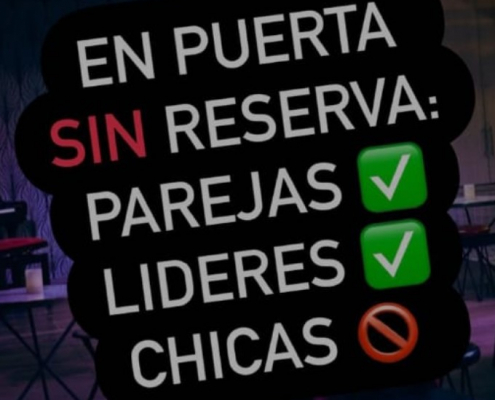
When asked, the excuse is usually that there are more “girls” than “boys”, and that in the end, it is the girls who pay for dancing with boys. That if they don’t dance they don’t come back, and that the customer is the boss and the world is like that. Well, the world is the way we want it to be and we see more and more girls playing the role of leader, but also boys playing the role of follower or people who do not identify with these genders, and who, if we were to be strict, would be banned from most of the big events (sic).
We would like to think that what lies behind all this is simply a lack of reflection on the importance of adapting kizomba to the times, as has already been done with many other local dance scenes and as is already happening with this same scene in other nearby countries.

So we not only call for reflection among event organizers, but also awareness among all people who dance Kizomba / Urban Kiz / Tarraxo / Tarraxo / Fusion / etc., in these parts and ASK to dance for the distribution of roles. By the way, also in case the other person wants to continue dancing and is comfortable. There are many ways to say it, with the voice and with the body.
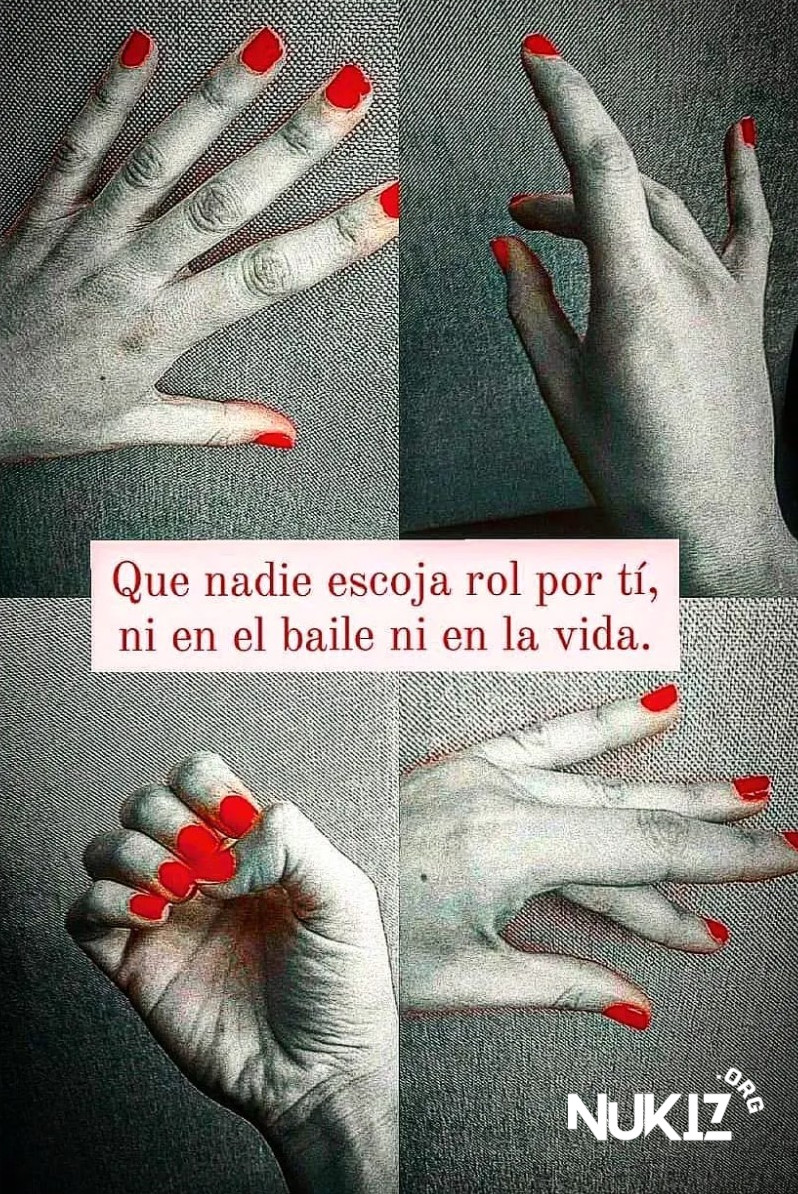
One of the things that caught our attention when we started dancing kizomba was the naturalness with which in all the workshops, classes and intensives we attended, boy was synonymous with the person who led (“leader”), and girl was synonymous with the person who let herself go (“follower”). This was something that as certain scenes such as the swing scene became popular back in 2014 was relegated to oblivion. First in self-managed spaces, and soon after, in all schools that, fortunately, were joining and adapting their way of teaching to the diversity of gender identities, sexual options and, above all, preferences on the dance floor.
To be honest, we never saw any objective relationship between genitalia and something as personal as our role on the track. Sometimes we like to play the role of leader, interpreting the music and turning it into steps, but we also find it tremendously pleasurable to let someone else do it for you, following their body movements and understanding their suggestions. Not to mention the pleasure of changing roles during the same dance.

When asked, the excuse is usually that there are more “girls” than “boys”, and that in the end, it is the girls who pay for dancing with boys. That if they don’t dance they don’t come back, and that the customer is the boss and the world is like that. Well, the world is the way we want it to be and we see more and more girls playing the role of leader, but also boys playing the role of follower or people who do not identify with these genders, and who, if we were to be strict, would be banned from most of the big events (sic).
We would like to think that what lies behind all this is simply a lack of reflection on the importance of adapting kizomba to the times, as has already been done with many other local dance scenes and as is already happening with this same scene in other nearby countries.

So we not only call for reflection among event organizers, but also awareness among all people who dance Kizomba / Urban Kiz / Tarraxo / Tarraxo / Fusion / etc., in these parts and ASK to dance for the distribution of roles. By the way, also in case the other person wants to continue dancing and is comfortable. There are many ways to say it, with the voice and with the body.


